Home / Albums / Tag Hairstyles 26

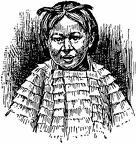 Until I was about nine years old, my hair was cut short
Until I was about nine years old, my hair was cut short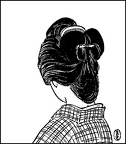 Inverted Maidehair
Inverted Maidehair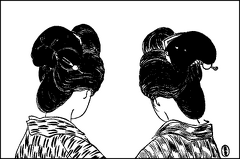 The shimada and ‘rounded chignon.’
The shimada and ‘rounded chignon.’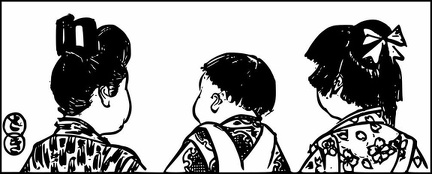 Young girls’ hair
Young girls’ hair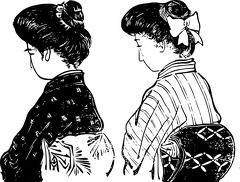 Japanese Hairstyles
Japanese Hairstyles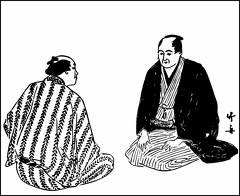 Queues
Queues Which arrangement of hair and bow do you think most appropriate for school wear
Which arrangement of hair and bow do you think most appropriate for school wear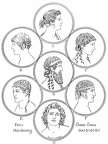 Men's Hairstyles - Classic Greece
Men's Hairstyles - Classic Greece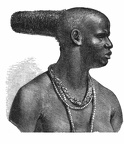 Horizontal Chignon
Horizontal Chignon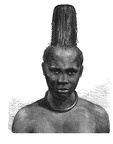 Vertical Chignon
Vertical Chignon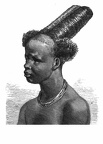 Oblique Chignon
Oblique Chignon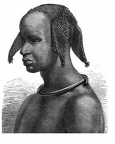 Male Head-dress
Male Head-dress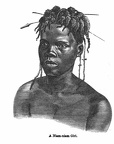 A Niam-niam girl
A Niam-niam girl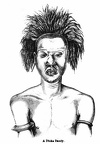 A Dinka Dandy
A Dinka Dandy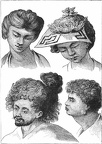 Head-dresses of natives of Tahiti
Head-dresses of natives of Tahiti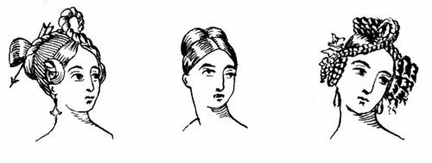 Hair fashions 1834 England
Hair fashions 1834 England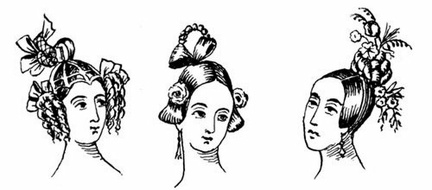 Hairstyles for 1836
Hairstyles for 1836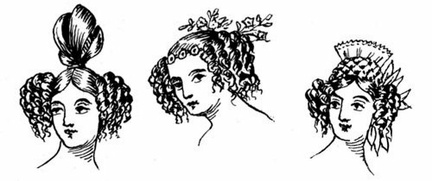 hair dressing which were in vogue in 1832
hair dressing which were in vogue in 1832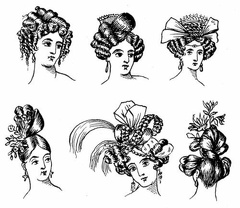 different styles of hair-dressing fashionable in 1830-31
different styles of hair-dressing fashionable in 1830-31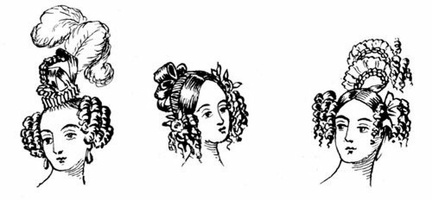 different modes of dressing the hair.in 1835
different modes of dressing the hair.in 1835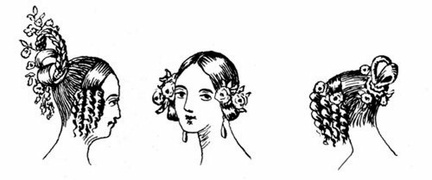 Hairstyles for 1837
Hairstyles for 1837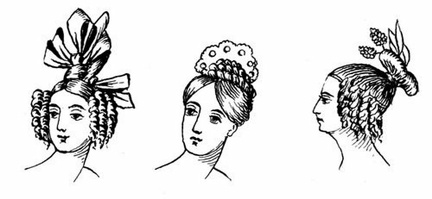 bonnets, a turban, a cap, and various modes of dressing the hair. 1833
bonnets, a turban, a cap, and various modes of dressing the hair. 1833 Natives of New Guinea
Natives of New Guinea A painted face
A painted face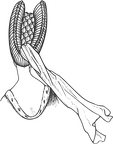 15th Century headdress
15th Century headdress Heart-shaped headdress
Heart-shaped headdress



